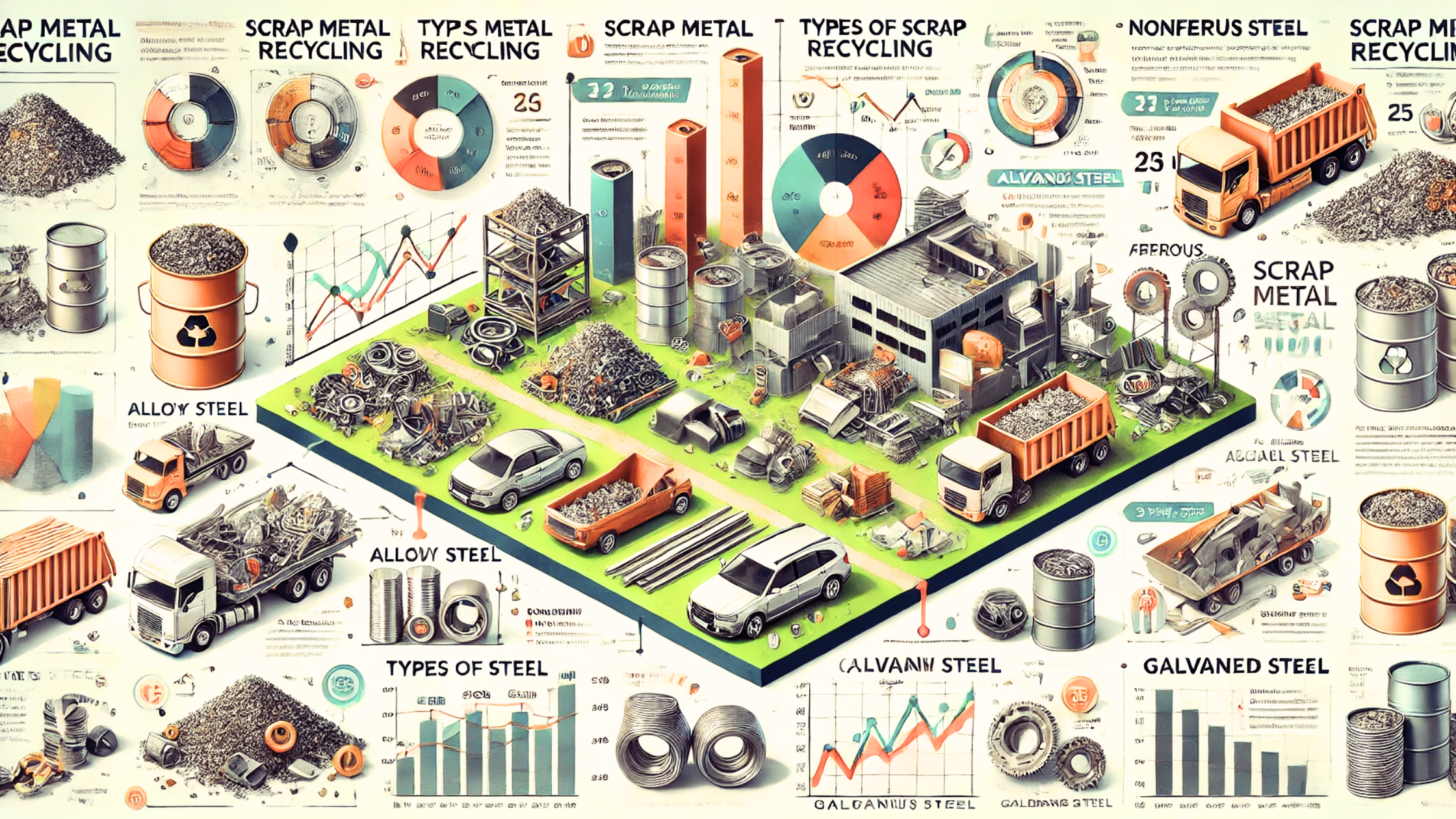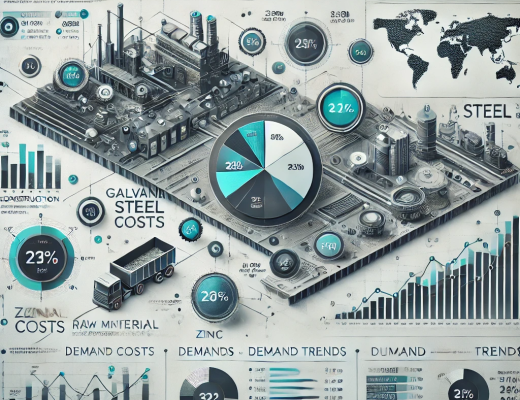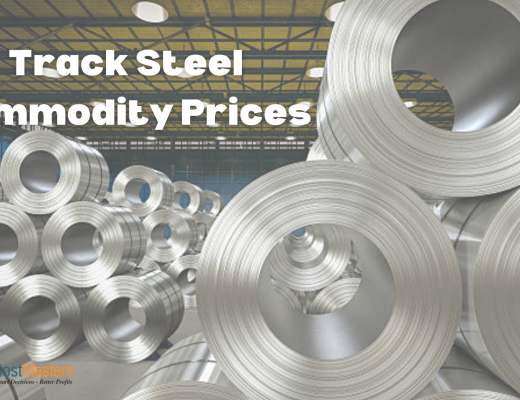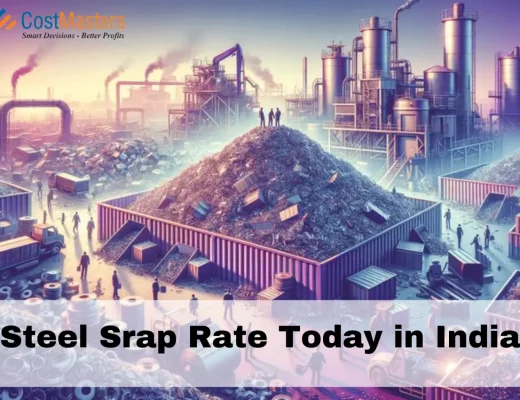Overview of Metals
Scrap is basically material that is left after certain processing is done. Apart from this, the scrap products include highly demanded materials in terms of building and maintained areas. The scrap materials like steel and metals can be recycled and get benefits. Scrap the products, which are generally included like parts of vehicles, building supplies, and leftover metal materials. So, to track the movement of prices and general profits, there are forecasting reports and analyses available. The scrap material is directly connected with the steel and metal industry, like construction processes.
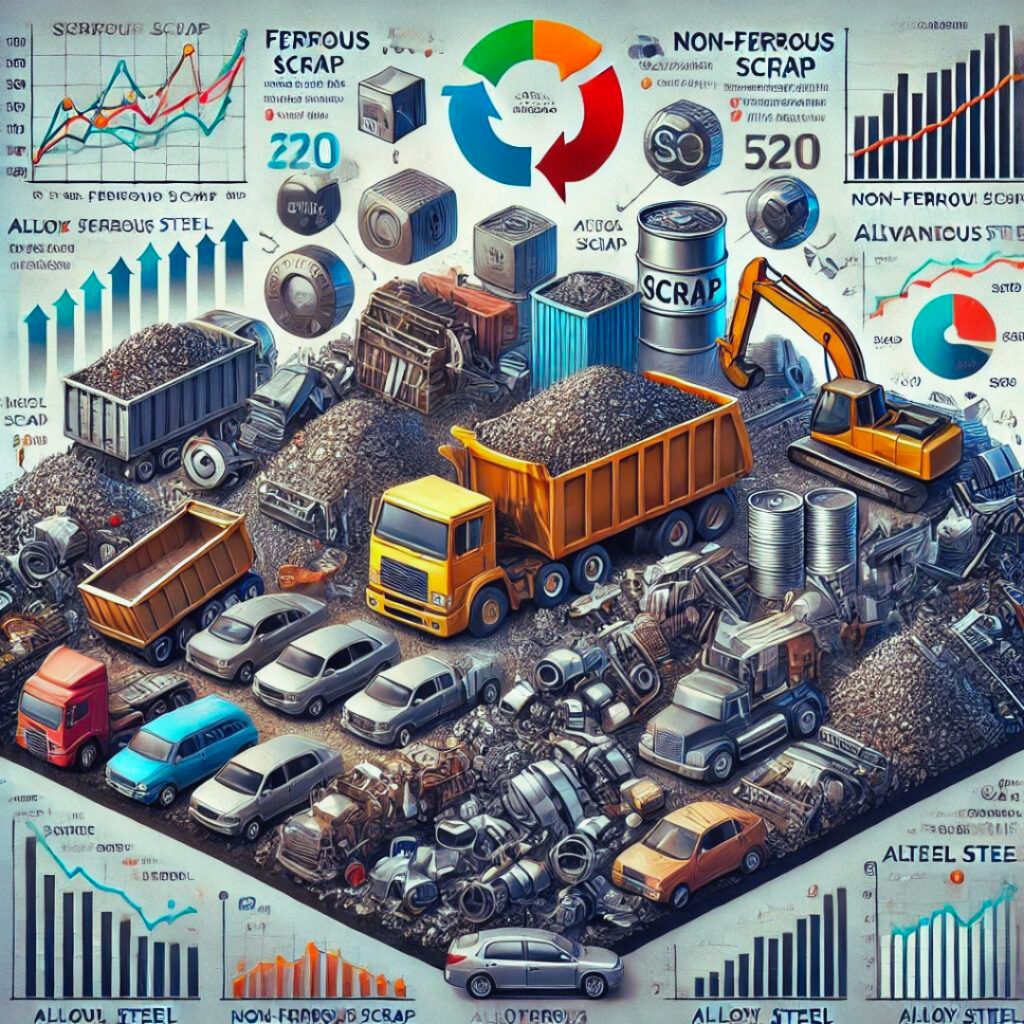
Various industries generate numerous production by-products that can be essential and valuable for recycling efforts. The most popular recyclable material is scrap, which adds extra profit potential to the global steel market, as steel is a primary product used in various construction projects, with scrap serving as an auxiliary resource. Due to daily scrap prices and market demands, the steel scrap prices fluctuate, including the scrap rate today in India. The most commonly used scrap types are ferrous and nonferrous metals, which differ in quality, with ferrous scrap metals being more in demand than nonferrous ones. There are various platforms where you can find valuable analysis and forecasted data, including CostMasters, which provides daily, weekly, and monthly forecast reports to help control and maintain profitability in the steel scrap business.
Apart from steel scrap, alloy steel also plays an important role. Alloy steel is a vital material in the building and construction industry. After adding nickel, chromium, and vanadium, the alloy steel becomes stronger, more durable, and resistant to corrosion. The alloy steel price in India fluctuates based on market demands, reflecting its value in various projects.
The versatility of alloy steel lies in its ability to be customised to meet specific needs. For example, low-alloy steels deliver increased strength and toughness, while high-alloy steels offer superior resistance to wear and corrosion, making alloy steel a preferred choice in both small and large-scale construction projects.
There is another metal called galvanised steel, which is a type of steel coated with a layer of zinc that protects it from corrosion and rust. To form galvanised metal, the steel undergoes processes such as submerging in molten zinc and electro-galvanising, where zinc is deposited onto the steel surface via electroplating.
Like other metals, galvanised steel is also used in construction, automotive, and agriculture due to its durability, longevity, and ability to withstand harsh environments. The galvanised steel price in India contributes to its frequent use in roofing, fences, and structural frameworks. Its affordability makes it popular in infrastructure projects, and with low maintenance requirements, the zinc coating can last for decades without needing repairs or replacements.
Conclusion:
In the end, metals play an important role in the metal industry, which offers significant opportunities for recycling and generation. Apart from this, the demand for scrap, especially ferrous metals, contributes to its fluctuating prices, which can be monitored from platforms like CostMasters. Additionally, materials such as alloy steel and galvanised steel enhance construction projects with their strength, durability, and resistance to corrosion.
